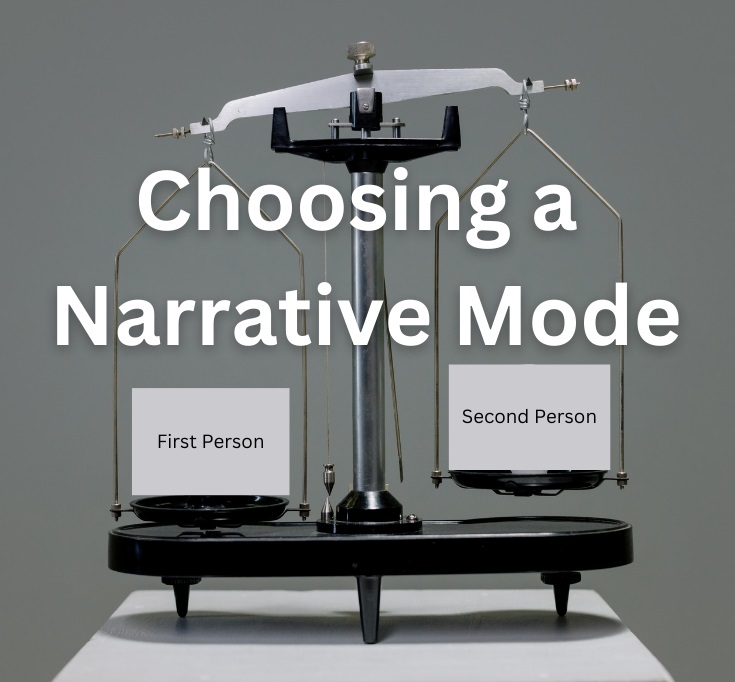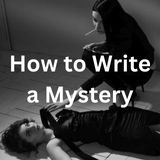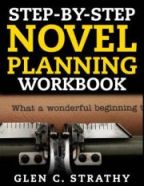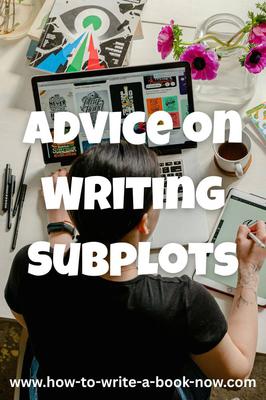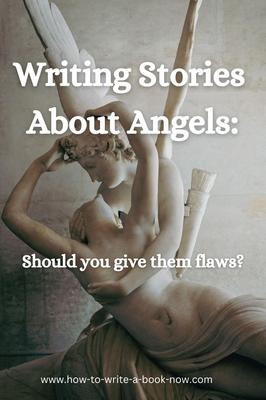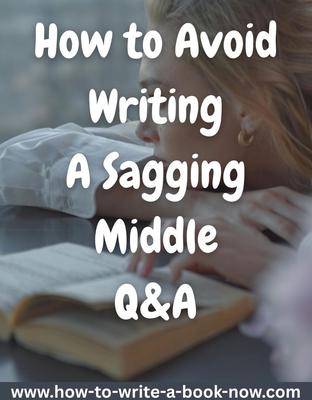Including Research in Nonfiction
by cress
(vancouver.bc.canada)
Question: How do I go about including research in nonfiction books?
My book includes case studies. Do I add it the the bottom of the case study, if it is applicable, like a footnote then add research on another page?
Or at the bottom of the page have a general research quote then on back pages include the bio info on the research?
I appreciate your help.
In Gratitude
Cress
Answer: Please note, I am not a lawyer and cannot give a legal opinion on such matters. You may want to consult a lawyer before publishing to be sure you are not violating copyright laws.
To a certain extent, how extensively you cite research will depend on what type of non-fiction book you are writing. Is the book commercial, intended for a general audience, or is it a scholarly or reference book intended for an academic or professional audience? How much you rely on the published research done by others? General readers may find detailed research tedious. They need the book to be focused on their interests. Professionals and academics will read more detailed works out of professional need.
My preference is to play it safe. When quoting other people's published research and works, I prefer to footnote the source and also include a description of it in a Bibliography or Reference section at the back of the book. You can follow the
If you are using your own original research, then you are free to quote it or discuss it as you like. In some books, it is better to put a case study into an appendix (so the reader doesn't lose the thread of the argument. When you refer to it in a chapter, you can insert a footnote along the lines of "See appendix 1." Of course, that's assuming the case study is your own work.
On the other hand, if it is essential that the reader read the case studies thoroughly, then you might include them in the main text. The question is whether they will be interesting for your reader.
You should limit your use of lengthy quotations of other people's works that are not in the public domain. There's no agreement on how much of a work you can quote before it becomes grounds for a lawsuit, even if you include a proper footnote, though I wouldn't quote more than 10% of another work.
A certain amount of "fair dealing" is allowed for research, criticism, review, education, parody, or news reporting. It also makes a difference whether your quote will increase or decrease the market for the original work.
Your publisher should be able to let you know if there's a problem, or get permission if needed.
- Home
- Genres
- Genre Questions
- Including Research in Nonfiction



